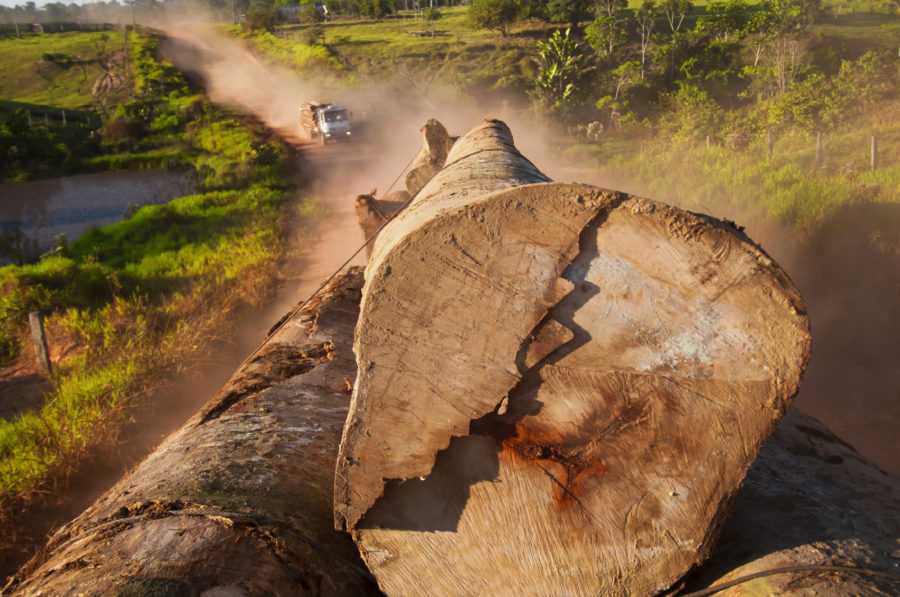Previous conferences on the illegal wildlife trade haven’t tended to feature much discussion of illegal logging and the trade in illegal timber – probably because most trees in international trade are not endangered species. Nevertheless, there are several common elements between illegal logging and the illegal wildlife trade.
Both flourish in situations of weak governance and law enforcement and high levels of corruption. Both can involve criminal networks and organised crime. Illegal timber and illegal wildlife are often traded along the same routes, sometimes by the same people. Both are driven partly by demand from outside their countries of origin. Both damage the environment, the economies and the social fabric of the countries in which the illegal behaviour occurs.
It is clear that the scale of forest crime is a major challenge. In some countries almost 90 per cent of timber production is illegal. Worldwide, exports of illegally logged timber are worth at least $20 billion a year, and that is probably an under-estimate.
There is no global agreement on forests; instead, a series of bilateral agreements and measures taken by individual consumer countries have developed with the aim of excluding illegal timber from international trade, and considerable efforts have been made to devise means of distinguishing between legal and illegal wood products in consumer markets.
Deforestation is a major contributor to global climate change, but strategies to reverse it must take account of the weaknesses in governance and law enforcement that underpin illegal logging.
And while there are overlaps, in practice the debates around illegal logging and the illegal wildlife trade have tended to take place in different forums and involve different people and different solutions.
That is why in September Chatham House hosted a workshop to bring members of those two communities together to learn from each other. The report, discusses the main strategies adopted to tackle both forms of environmental crime and highlights the commonalities and the differences.
One key element in particular of the fight against illegal logging has been efforts to improve governance: reforms to the national framework of laws, policies and institutions with the aim of building a shared vision round the legitimacy of the system and a framework for continuous learning and improvement in policies and institutions.
This is radically different from what normally happens, requiring the real involvement of – not just consultation with – civil society, the private sector and local communities, alongside government, in decision-making and the processes of legal and policy reform.
This approach can be slow and frustrating to implement, but it addresses deep-seated problems of fragile institutions and legal systems, and corruption which, if left unresolved, can undermine efforts at improving law enforcement.
This is one area which we think has wider lessons for the control of the illegal wildlife trade, which is why it’s the focus for the forests session in the IWT conference.
Duncan Brack is an independent environmental policy analyst, working on issues including forest governance, illegal logging and the trade in illegal timber, deforestation and climate change, and bioenergy. He is an Associate Fellow of Chatham House.

